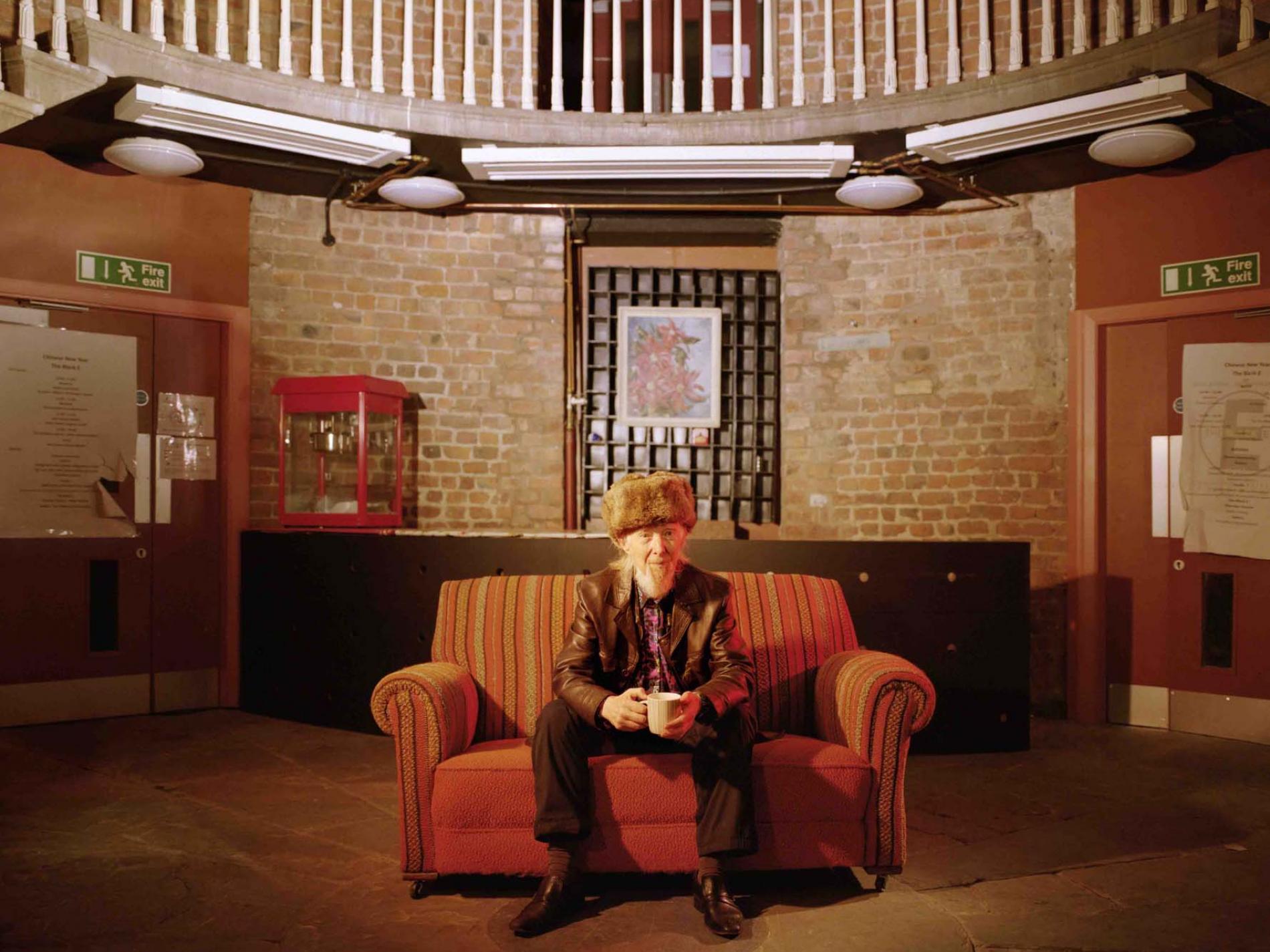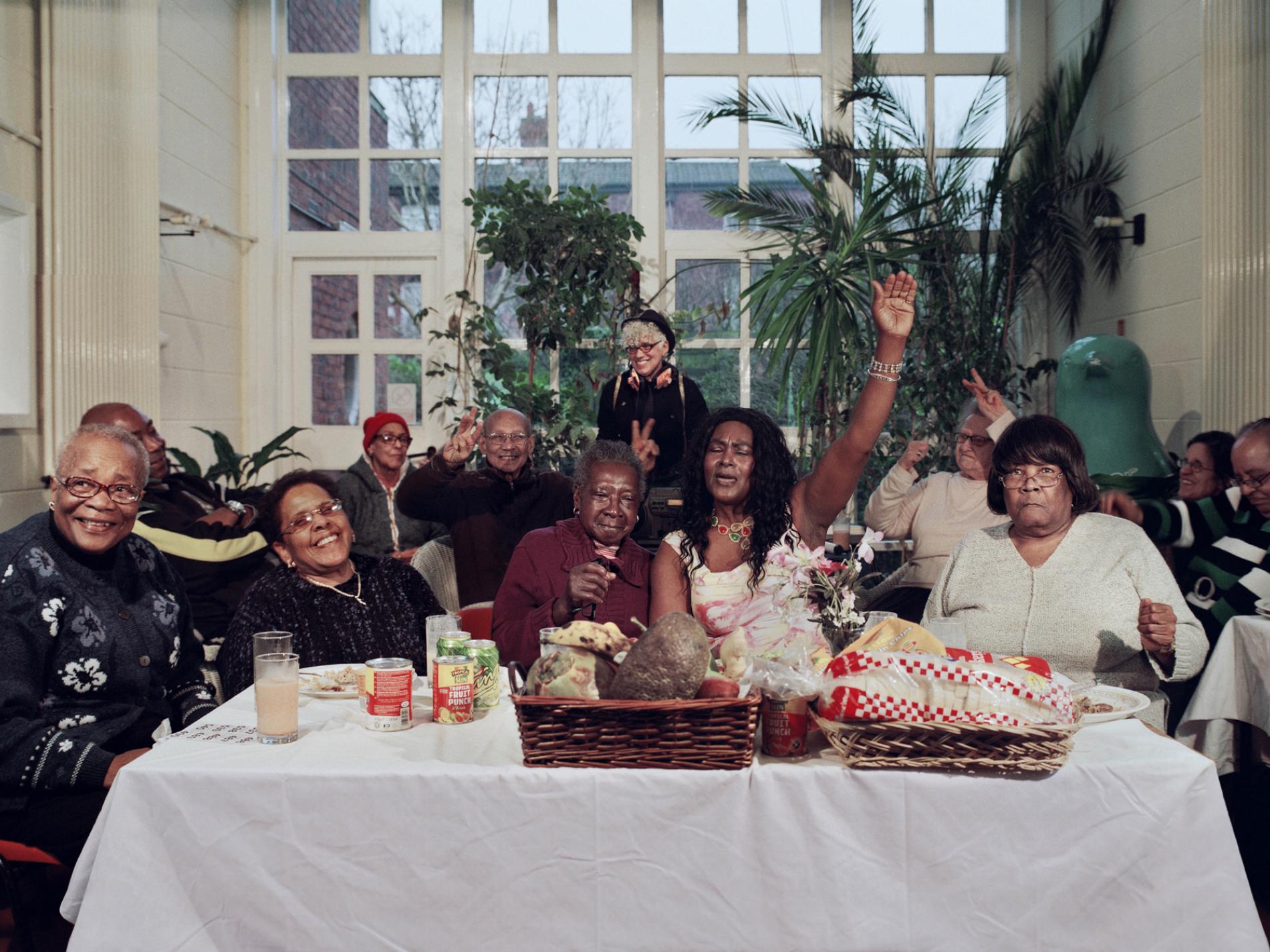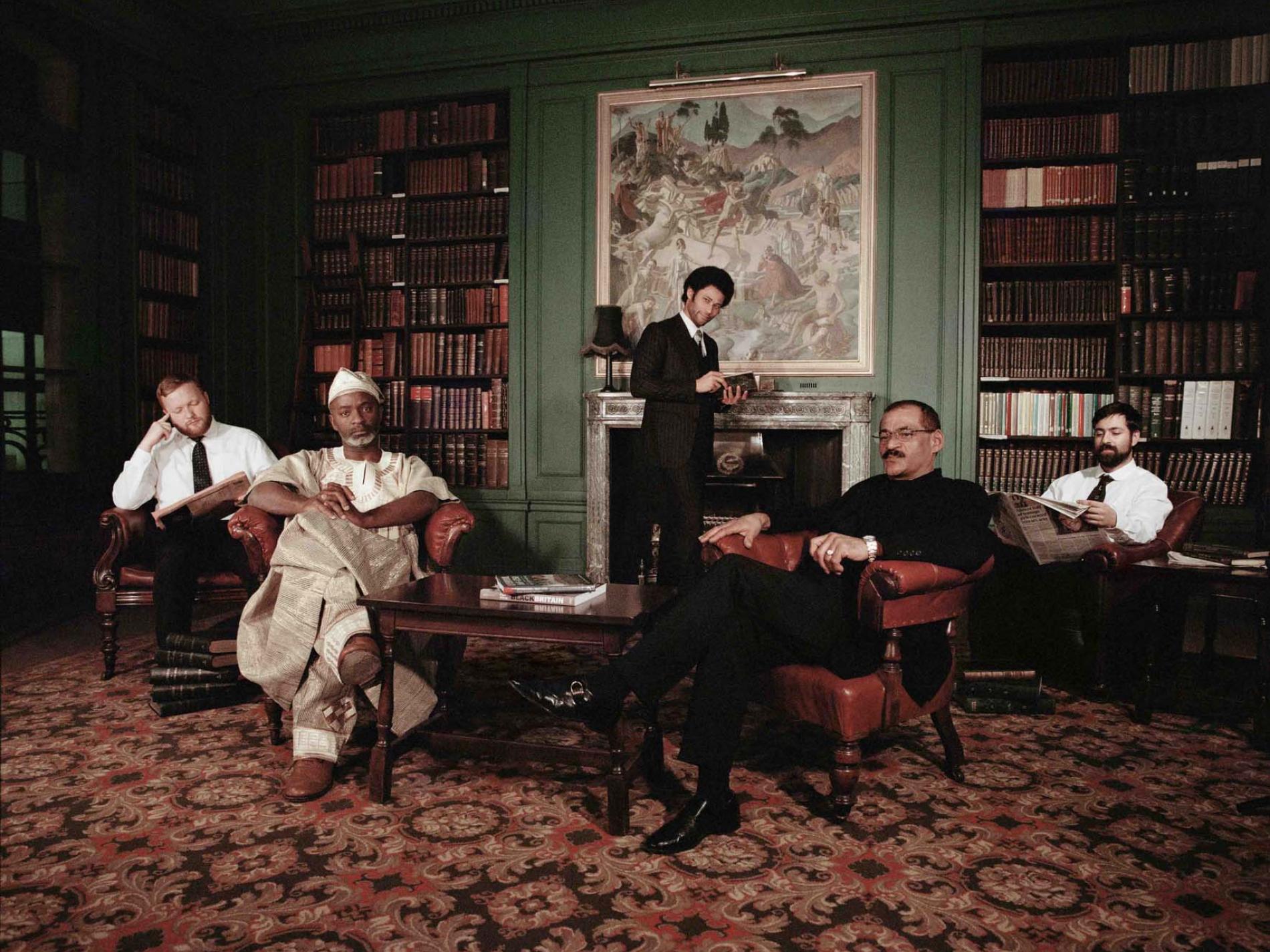Locations
All of the buildings and places featured in the L8Unseen portraits were chosen for their significance to Liverpool and L8. Many were founded on the proceeds of the city’s international trading links and the transatlantic slave trade.
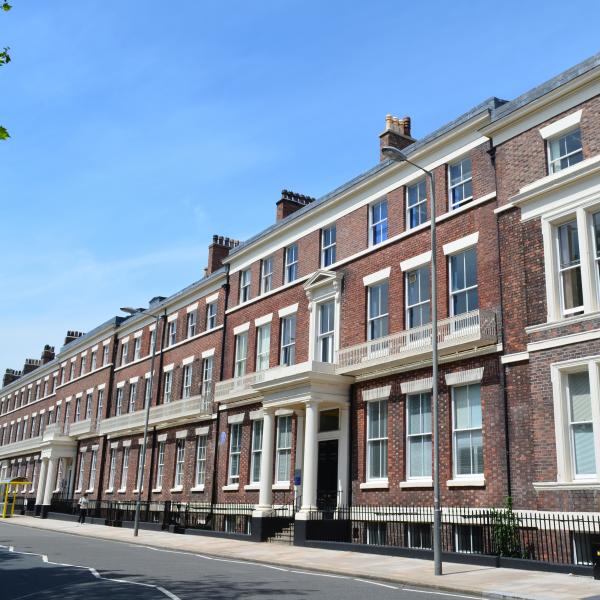
School of Architecture, University of Liverpool
This townhouse was built in the early 1860’s for the affluent businessman, Charles Kuhn Prioleau from South Carolina. Prioleau supported the Confederacy during the American Civil War providing the finance for the building of ships: the most famous of which was The Alabama.
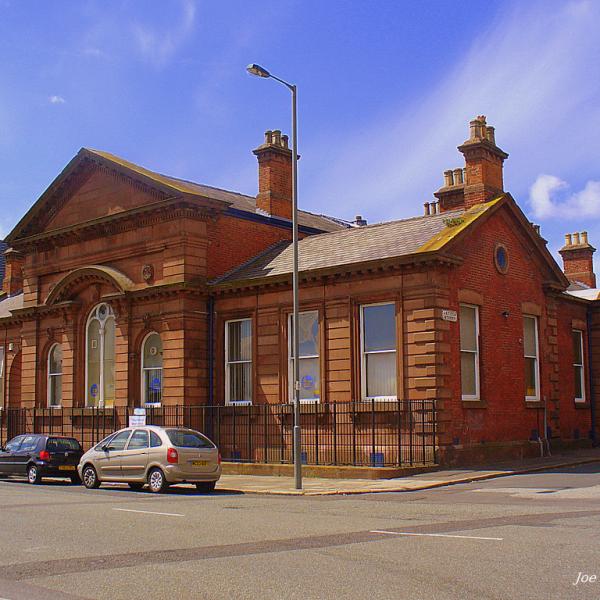
Toxteth Town Hall
Built in 1865-6, it was originally named, ‘The Township of Toxteth Park Public Offices’. During its history its uses have included: Register Office, Medical Dispensary, Morgue, Coroners Inquests, Services for the Destitute, Means Testing, Hardship Support, Food Bank, Police Cells and Department of Unemployment.
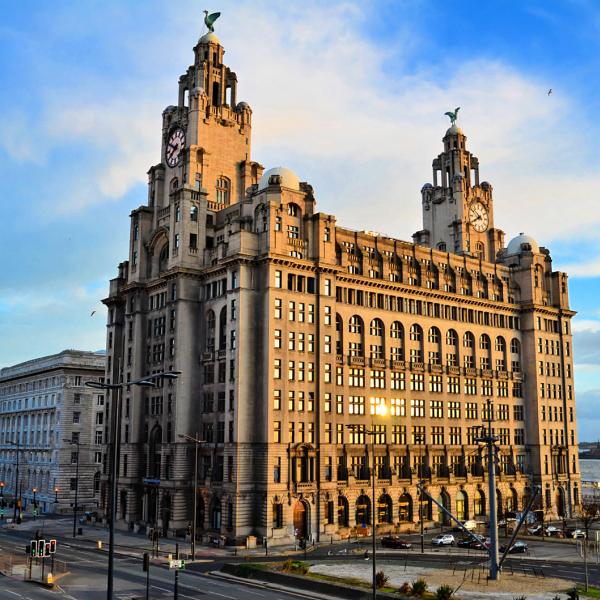
The Royal Liver Building
The Royal Liver Building was built as the head office for Royal Liver Assurance company founded in Liverpool in 1850. At the time of its opening in 1911 it was the tallest building in Great Britain.

The Florrie
The Florence Institute was founded in 1889 by Sir Bernard Hall, a West Indian sugar merchant and former Mayor of Liverpool. The club was built as a memorial for his daughter Florence who died at the age of 22, to provide activities for boys from the surrounding area.
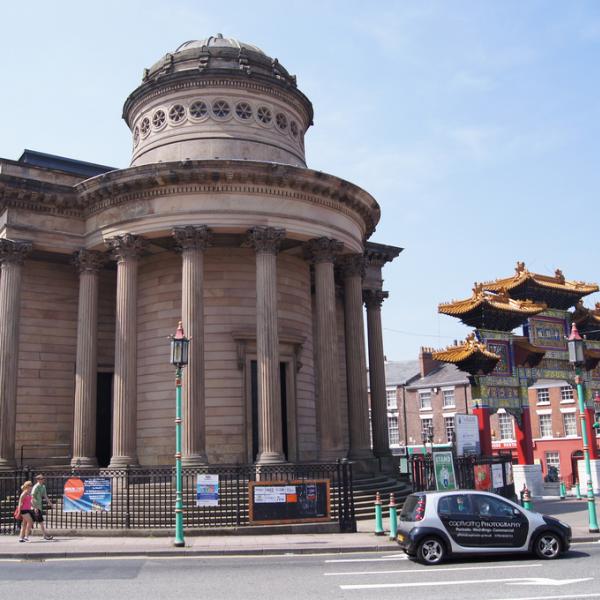
The Black-E
Built as the Great George Street Congregational Church in 1840, it replaced an earlier church destroyed in a fire. The first minister of the new church, Thomas Raffles was an active slavery abolitionist. The church has been used as a community centre by people from the L1 and L8 communities since 1968.
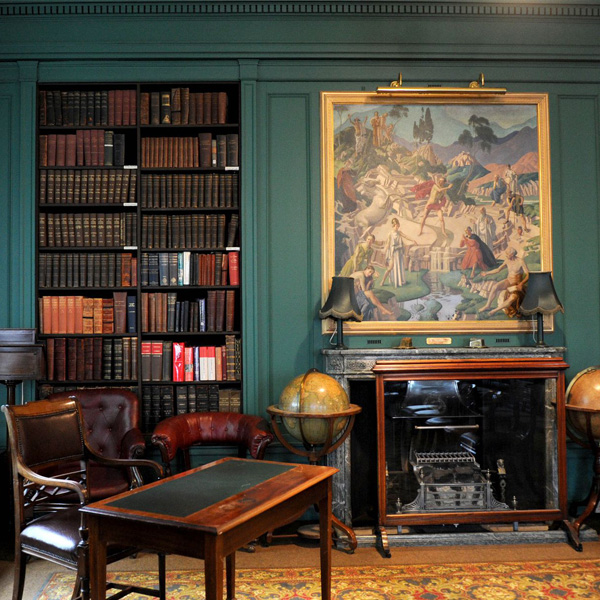
The Athenaeum
The Athenaeum is the oldest private members’ club in Liverpool: it has been in continuous use since 1797. The club was founded by Liverpool’s most prominent citizens, many of whom were involved in slavery and the transatlantic slave trade.
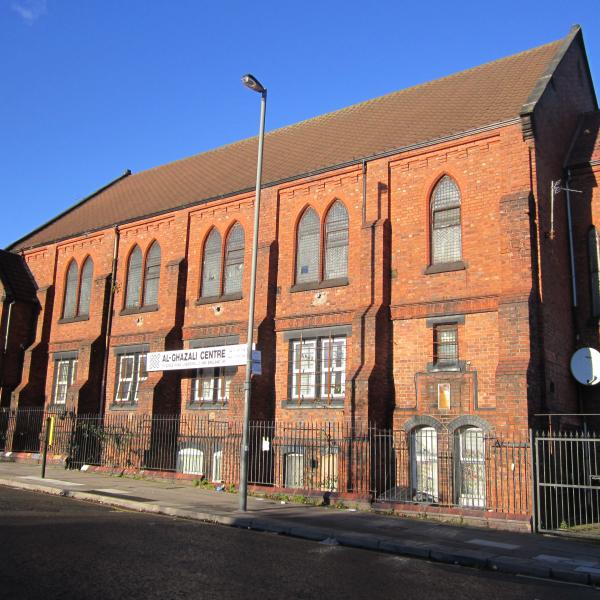
The Al-Ghazali Centre
The Al-Ghazali Centre was established in 1992 by parents from the local Yemeni community. The Centre, originally a redundant church on Earle Road in Liverpool 7, was refurbished to provide a wide range of support to the local community.

Team Oasis Children’s Charity
The charity provides activities for children of all abilities and circumstances in and around Liverpool. Based on Upper Stanhope Street, they run a wide range of activities for 4-16 year olds. Their main ethos is to bring children with disabilities and mainstream children together to break down barriers and help to form new friendships.
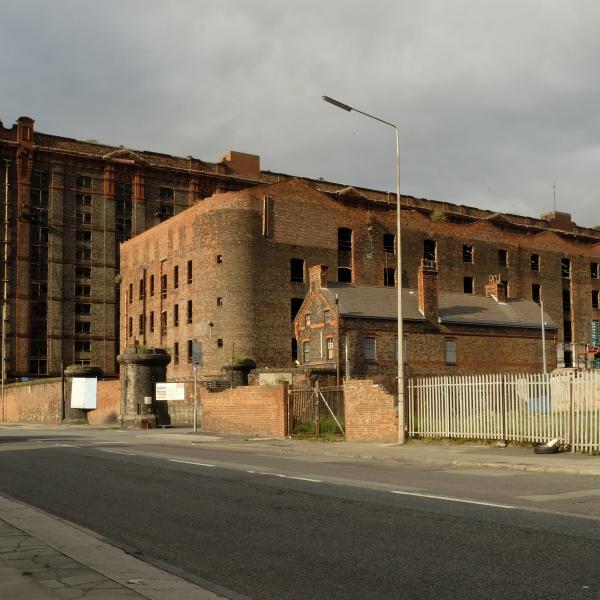
Stanley Dock South Warehouse
Built in 1847 by Jesse Hartley. This warehouse was used to store goods imported and exported through the port tapping into Britain’s Empire and booming Atlantic trade. A few years earlier he had designed and built the Albert Dock.
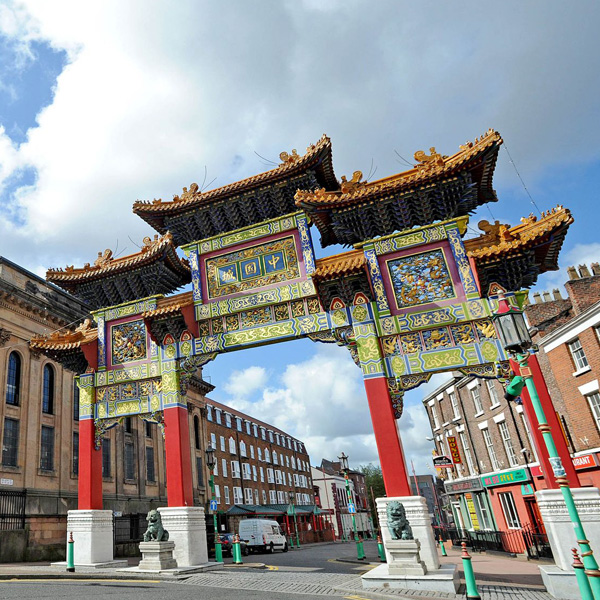
Pagoda Chinese Community Centre
Pagoda Chinese Youth Orchestra is based on Henry Street in Liverpool and is the first and largest Chinese youth orchestra in Europe. It teaches young people how to play traditional Chinese musical instruments and offers a programme of training and performance opportunities throughout the year.
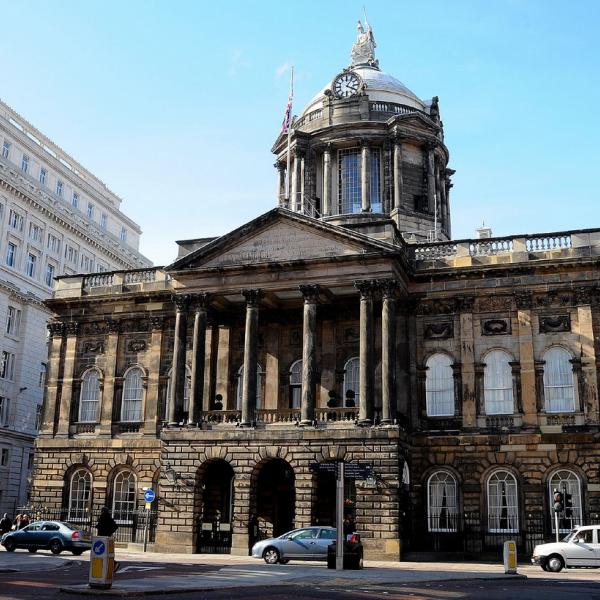
Liverpool Town Hall
Built by the famous architect John Wood in 1749, Liverpool Town Hall is considered one of the finest Georgian civic buildings in the country. Much of the money used to build the Town Hall was provided by benefactors who had made fortunes through the slave trade.
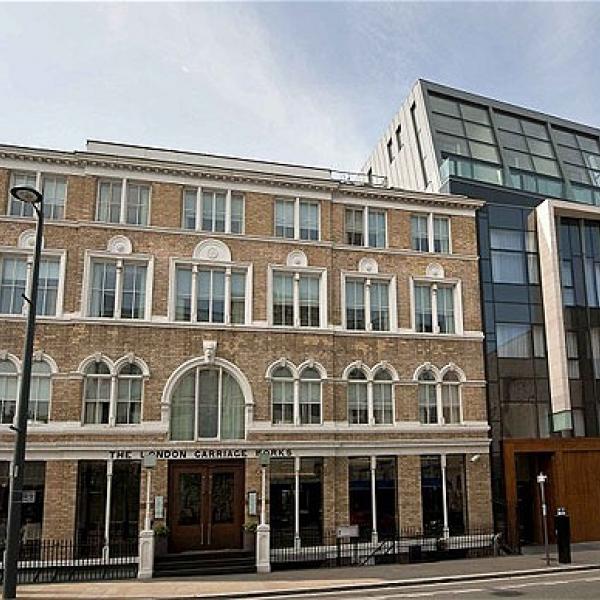
Hope Street Hotel
The Hope Street Hotel is housed in a 19th-century Venetian palazzo which dates to 1860 originally home to and named ‘The London Carriage Works’ warehouse, which opened in 1869, and housed various companies, including booksellers, telephone operators and Armstrong Siddeley – coach makers for Rolls Royce.

Hector Peterson Court
Sheltered Housing for older residents in Liverpool 8 run by Steve Biko Housing Association. The Elderly tenants luncheon club was set up by the late Herbie Higgins MBE, himself a tenant and a leading figure who had a passion for supporting community elders.

Unity Youth & Community Centre
Unity Community Centre works with young people in Toxteth, and beyond, from all faiths and cultures. They are open to the community everyday and their ambition is to make Toxteth, especially the area around Lodge Lane, feel like family.







